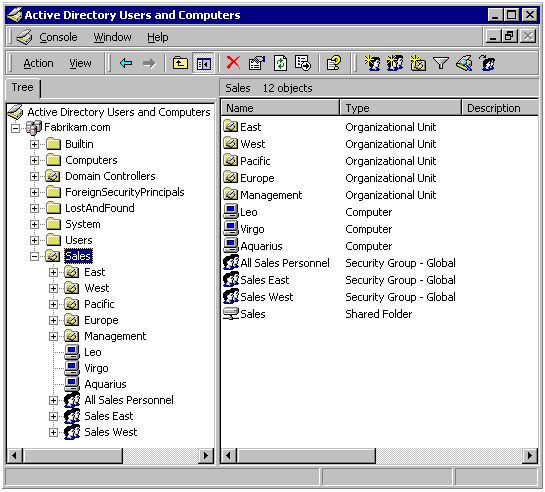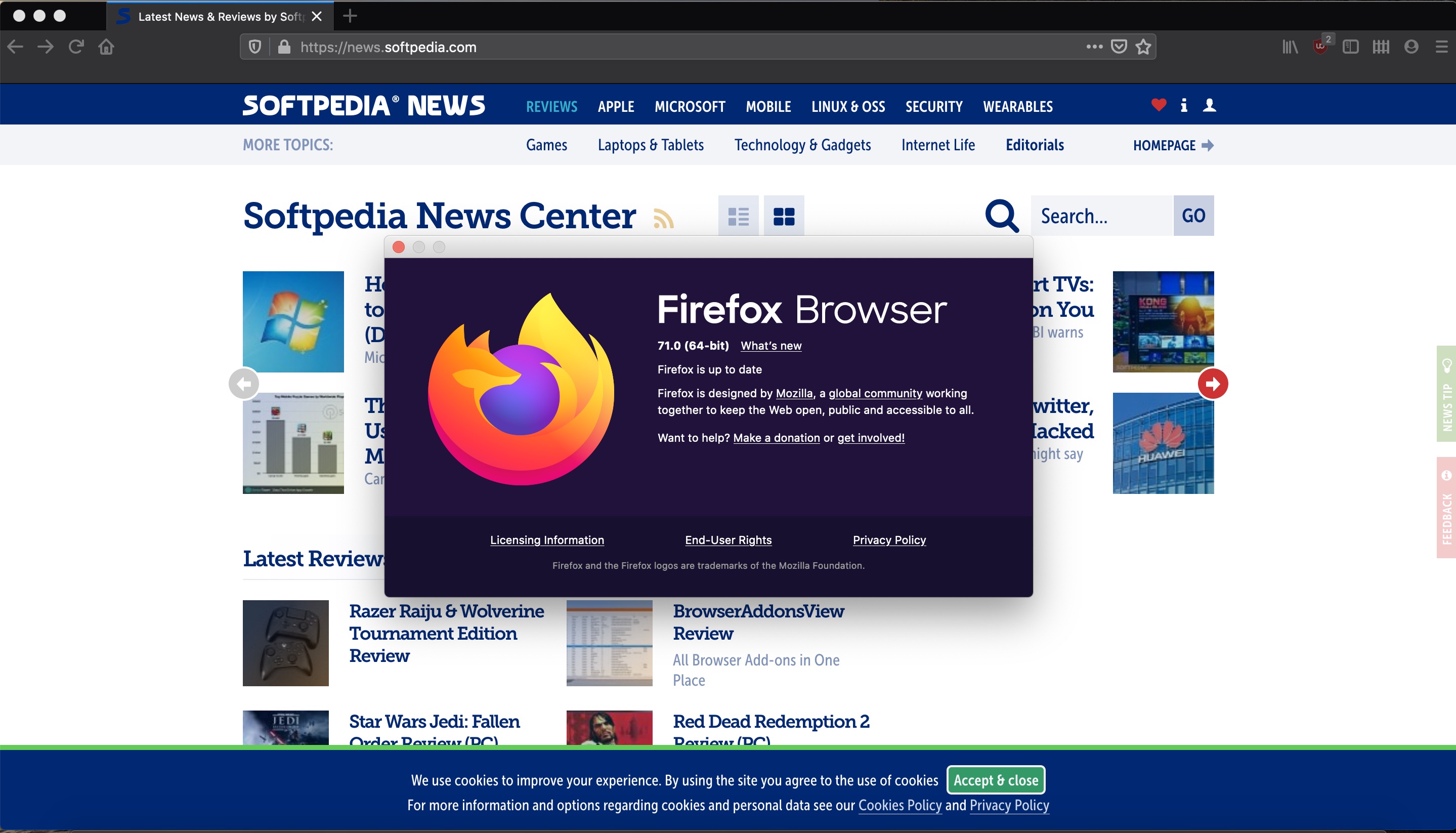

- HOW TO MANAGE MAC ON LINUX DOMAIN HOW TO
- HOW TO MANAGE MAC ON LINUX DOMAIN UPGRADE
- HOW TO MANAGE MAC ON LINUX DOMAIN PC
- HOW TO MANAGE MAC ON LINUX DOMAIN WINDOWS
Select Mappings ( Figure K), which pertains to specifying unique GUIDs for certain attributes used Check Use UNC path from Active Directory to derive network home location ( Figure J), and select the network protocol to be used: smb: (Note: This setting will switch the default protocol for network resource paths fromĪpple’s afp: to the Windows’ friendly smb: - also known as Common Internet File System, or CIFS). Logon to the node (if you plan to serve profiles remotely from a server, leaveī. Check Force local home directory on startup disk ( Figure I), which will force the creation of a profile on the local HDD for all The arrow to unhide the Advanced Options, select User Experience, and check the following boxes:Ī.
HOW TO MANAGE MAC ON LINUX DOMAIN WINDOWS
Resources on the Windows network, certain changes must be made to the Activeĭirectory service with the Directory Utility - so, go to System Preferences | Users Here’s how:Įnsure the highest level of compatibility between OS X and the network Your next steps will be to modify the Directory Services settings. Many enterprises will utilize OUs as a means to organize objects and accounts separately from the items created by default when a domain controller Additionally, Organizational Units (OU) may be created as a form toĬompartmentalize ADDS objects by one or more classifications or departments.

Or enterprise admins may (and often do) restrict this as a security feature toĬurb random nodes from being joined to the domain.

Note**: By default, Windows will automatically create theĬomputer object account in ADDS if one does not already exist. Small green dot (along with the domain name) will appear next to Network Account Server to indicate connectivity to the Successful binding, the window will close and the Users & Groups preference Proceed with the binding process (make sure that the computer name is unique andįormatted properly, because this is the name that will be created** for theĬomputer object in ADDS), and then click OK to process

Hardware running Windows Server 2000-2012 Standardĭirectory Domain Services (ADDS) setup and configured With checking domain credentials to verify the end user has the necessary rights
HOW TO MANAGE MAC ON LINUX DOMAIN PC
It’s virtually identical to joining a Windows PC to a domain, complete Note*: Binding is the term associated with joining OS X to aĭomain. Standards-based and operate more or less about the same across operating systems. Underlying “file structure” of the network resources - are Knowledge, Macs will bind* to the domain with relative ease, since Integrating Macs will initially be easier than you think! Even Nodes in addition to the existing Windows domain that’s already established?
HOW TO MANAGE MAC ON LINUX DOMAIN UPGRADE
Organization decides to upgrade to iMacs? How do you manage those So, I ask you again, what do you do when your Market, there’s only a matter of time before more companies begin to choose AppleĬomputing duties in lieu of the generic, stalwart PCs they’ve been cycling inĪnd out every three to five years. Market share in the desktop market to its almost 93% in the mobile device Introduced to the enterprise in the form of a sleek, shiny new MacBook Air orĪpple hasn’t made great inroads in this segment. Servers alike - are relatively straight-forward in a homogeneous environment, but The process of administering all these systems - desktops and Security policies, and maintain the flow of production amongst all the employees at Market share in the enterprise is largely dominated by Microsoft - specifically, the reliance on the Windows Server family line to manage network
HOW TO MANAGE MAC ON LINUX DOMAIN HOW TO
Jesus Vigo takes a look at how to setup and configure Apple hardware running a modern version of OS X and get it communicating with a Windows Active Directory environment. Integrate Macs into a Windows Active Directory domain


 0 kommentar(er)
0 kommentar(er)
